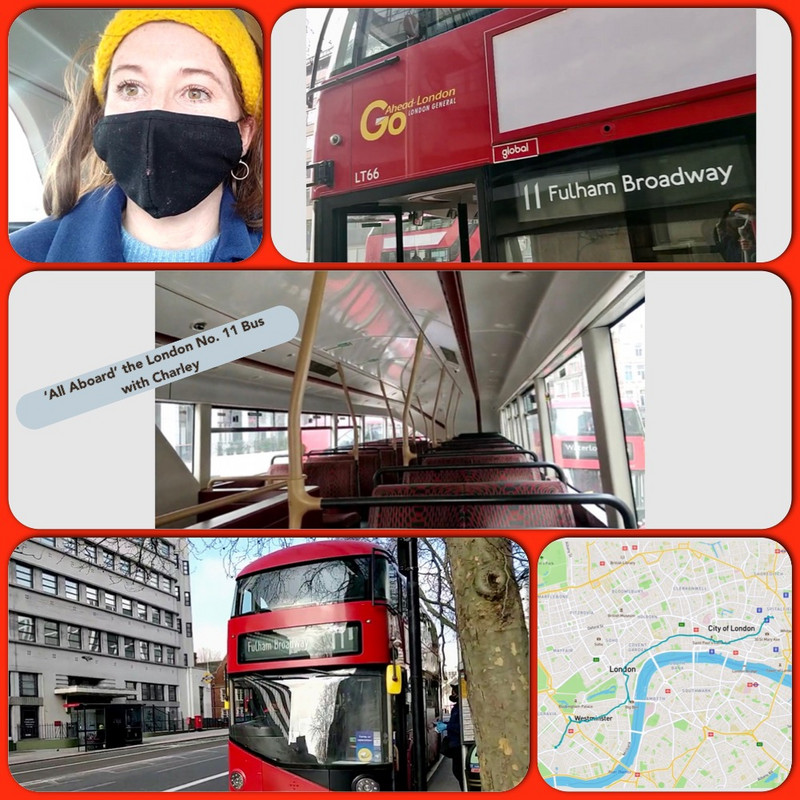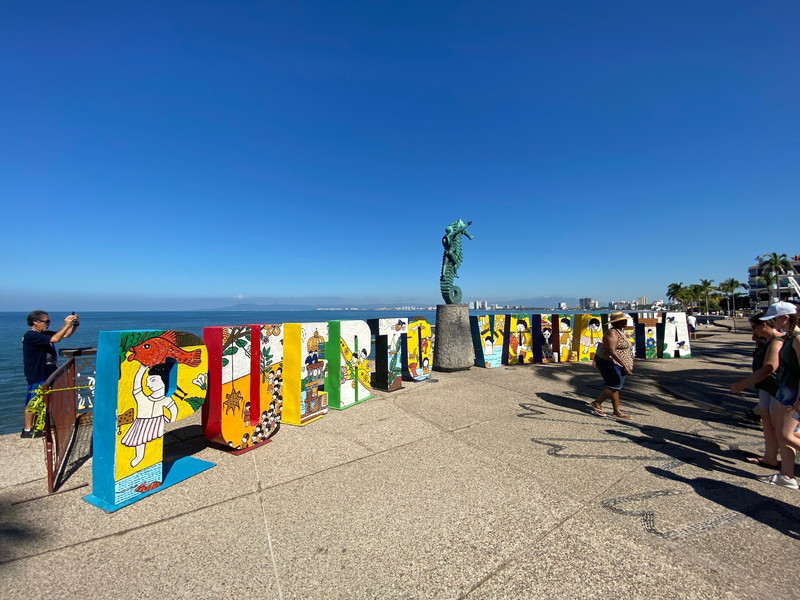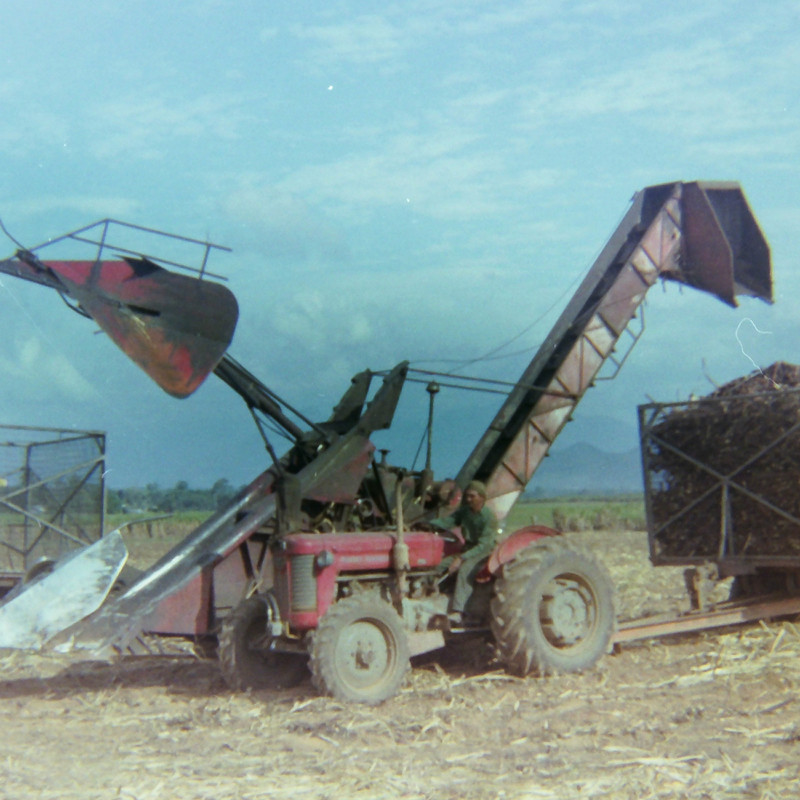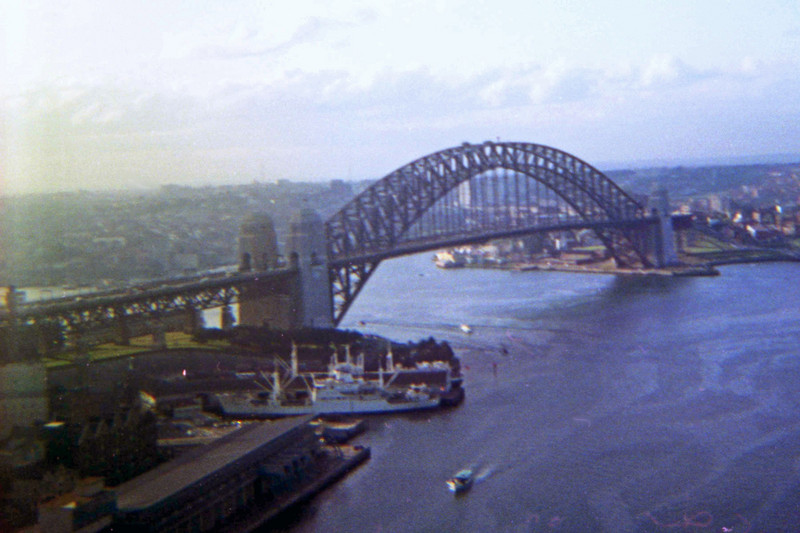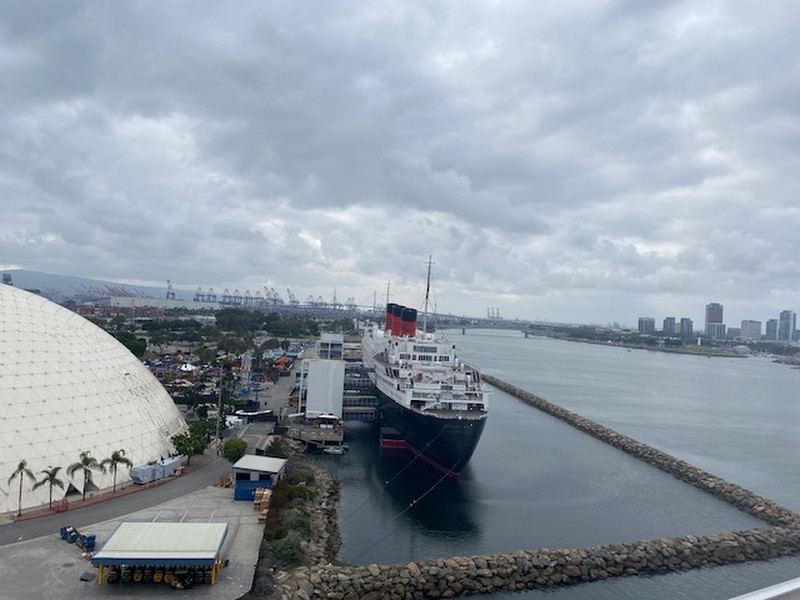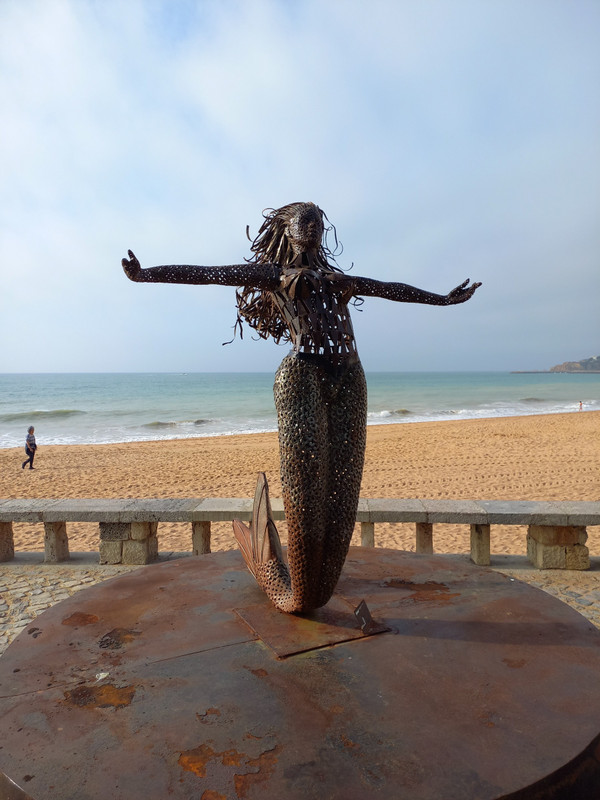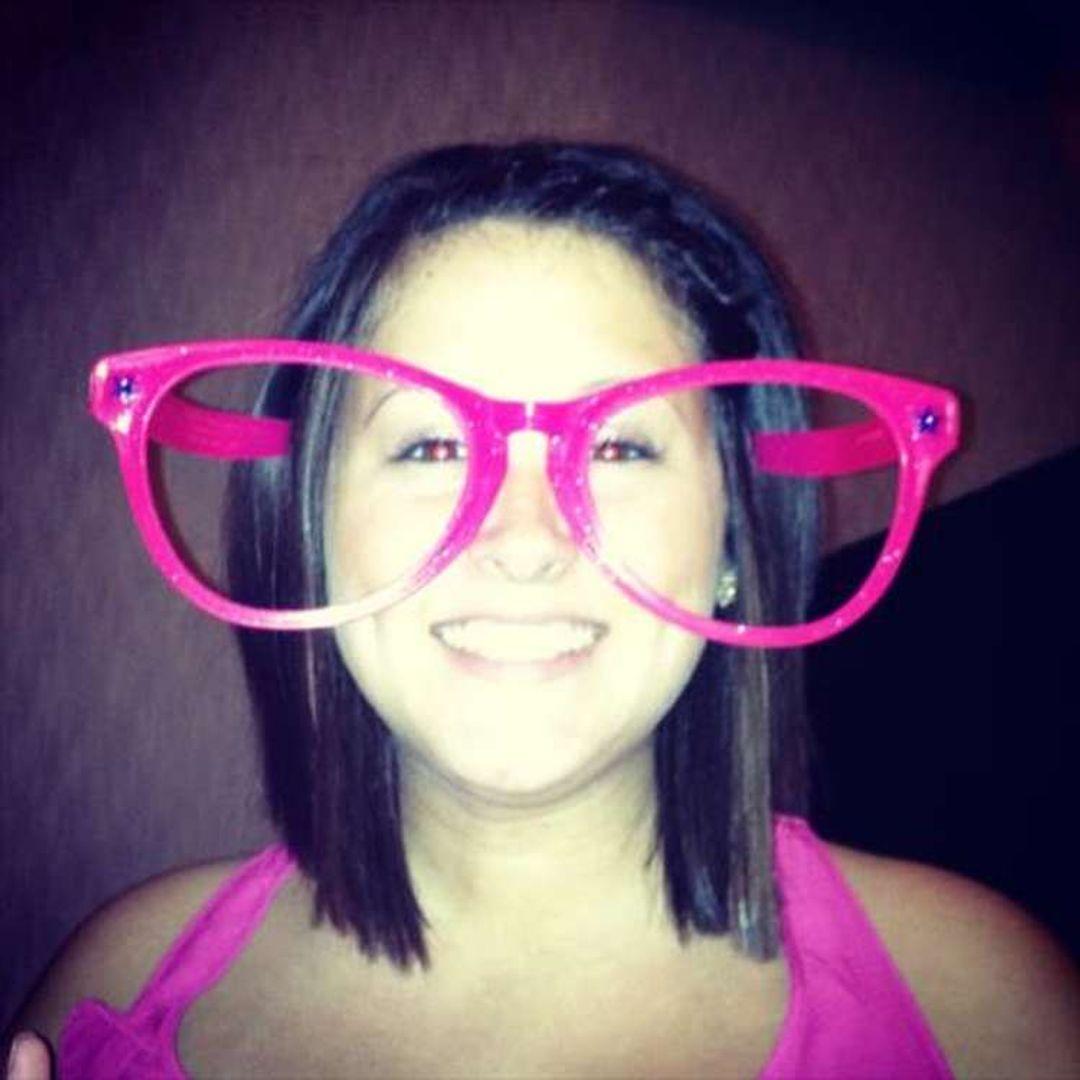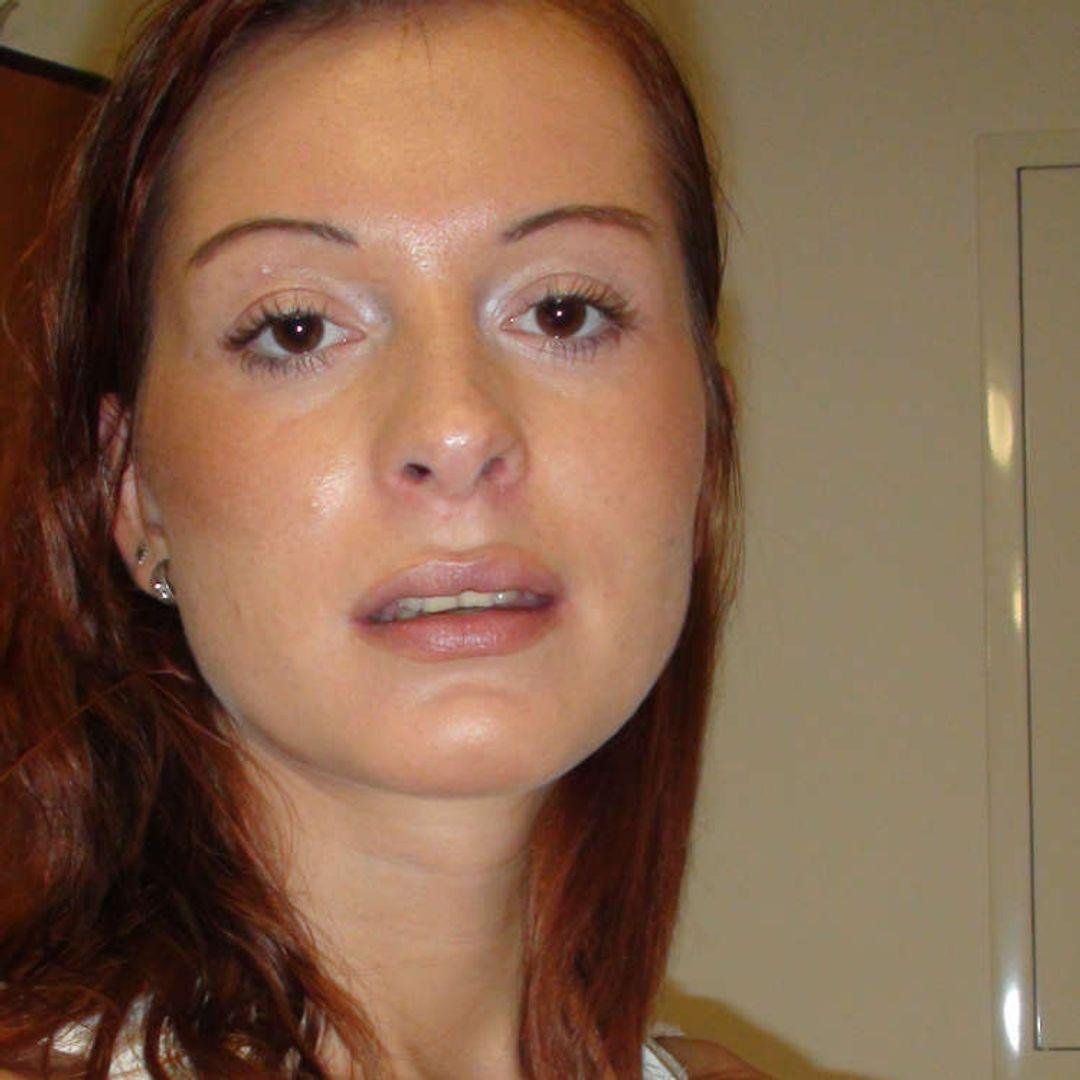The very first bus route opened on 4 July 1829. The service carried paying passengers between the Yorkshire Stingo pub in Paddington and the Bank of England in the City. The full trip cost one shilling, and took about 40 minutes.
London General Omnibus Company (or L.G.O.C.) owned most of the buses and in 1907 painted its entire fleet red to stand out Since 1933, the colour was adopted by London Transport and it has remained ever since.
Yesterday I hadnt planned to do a tour in the morning but just before lunch I hopped on the No. 11 with Charley for a virtual ride which lasted about 45 minutes from Liverpool Street to Victoria.
Charley does several of these virtual tours and you never know what bus you are going to be taking until you arrive at the bus stop.
It was a grey day & a Sunday, not many people about so we had the advantage of a front seat on the top deck. So sit back and enjoy the ride.
After lunch I joined another virtual tour, this time to Greenwich to enjoy hearing about GMT with Nathalie.
Under the Tudors Greenwich Park was the Royal palace, having been rebuilt in the early C16 by Henry VII and later by Henry VIII, who was born there.
The 1660s saw the character of the park transformed from a medieval hunting park into a formal landscape with a grand garden and avenues. Charles Queens House Sir William Boreman to supervise improvements to the park.
When Charles II lost interest in Greenwich and concentrated his attentions on Hampton Court, he appointed Britains first Astronomer Royal and engaged Sir Christopher Wren to design an observatory. After this period of activity little royal interest was taken
in the park but it became increasingly popular with the public and pensioners from the adjoining naval hospital.
The first public time signal in the country came from the Observatory in 1833 with the first dropping of the Time Ball, at 12:55 pm GMT the ball was hoisted halfway up its pole before being dropped from the top at 13:00 precisely. GMT was officially adopted as ‘railway time in 1847 and the Master Clock was installed at Greenwich in 1852, from then on its tick was the pulse of British time - it was sent by telegraph to cities around the UK and from 1866 sent by the new transatlantic submarine cable to Harvard University in the US, who began to run their own industry by British time.
1884 was the year GMTs position was cemented in history, when the International Meridian Conference was held in Washington D.C with 41 delegates from 25 nations to agree on the earths prime meridian to be employed as zero of longitude and a standard of time reckoning throughout the world.
was rather concerning seeing so many people gathering together when only exercise with one other person is the current guidance.
Our guide mentioned that on her previous tour Police had been moving people on, they had allowed her to continue filming as she was alone and was considered as working.
We enjoyed spectacular views across the River Thames to the City of London (to the Canary Wharf (to the and the Millennium (O2) Dome (to the north).
Nelsons Ship in a Bottle by the Greater London Authority for the Fourth Plinth project and was unveiled in Trafalgar Square in May 2010. It now has a permanent home at National Maritime Museum thanks to a fundraising campaign by the Art Fund. You can see it outside the Sammy Ofer Wing for free. Unfortunately as all museums are still closed we could only view it from behind the hedge.
We then moved towards the river and the iconic Curry Sark. I remember visiting here before the tragic fire in 2007.
Britain. Tea was a very at the time, and each year the clippers would race against one another in an attempt to be the first to bring the new seasons crop to London (the first to arrive the highest prices). Although Cutty Sark never won the tea race it did gain a reputation for being one of the fastest ships on the seas.
